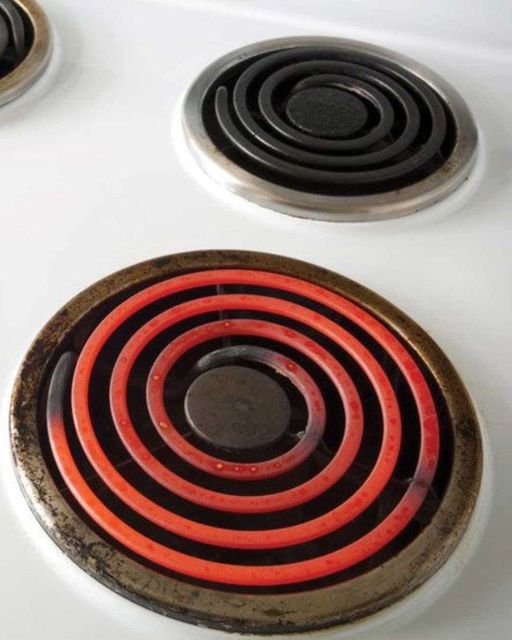ADVERTISEMENT
Which is better for cooking, gas or electric? These are some things to be aware of.

Gas Stoves: Cost-Effective in the Long Run
Buying a new stove is a big investment. Comparing gas and electric stoves upfront can be tricky due to price ranges. Low-end electric stoves start around $650, while gas stoves start at $800. High-end electric stoves can cost up to $2,800, whereas top gas stoves are about $2,300.
In the long run, gas stoves are cheaper due to lower utility costs. Utility rates vary, but generally, gas is less expensive than electricity. Investing in a gas stove can save you 10-30% annually on utilities.
Electric Stoves: Safer Option
Electric stoves are safer. Gas stoves have open flames, which can be hazardous, especially for children and pets. Items like tea towels and wooden spoons near the flame can catch fire. Although electric stoves can burn you, it’s less likely. Gas stoves’ flames indicate when they’re hot, but electric burners can stay hot without visible signs. Still, electric stoves are less likely to cause burns. Plus, they don’t emit gas, eliminating the risk of leaks.
Gas Stoves: Faster Cooking
Gas stoves heat up quickly, which is why many restaurants use them. They reduce cooking time significantly. Electric stoves take longer to heat up, while gas burners ignite instantly and start heating the pot immediately.
Electric Ovens: Even Cooking
Electric ovens cook more evenly than gas ovens. Gas emits moisture, creating a wetter heat, while electric ovens provide dry heat, perfect for roasts and baked goods. Gas stoves may cook unevenly, so food should be placed away from the heat source and rotated regularly.